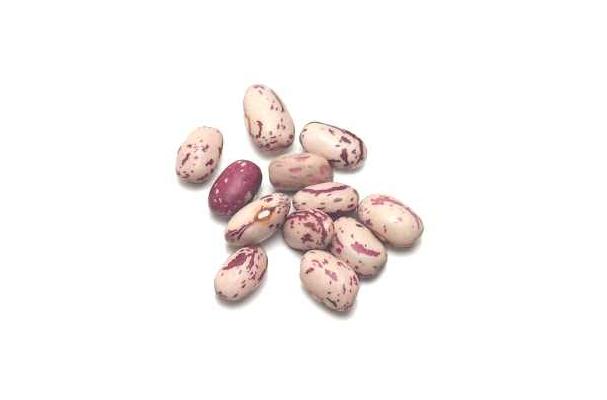Roman Bean
About
A significant source of folate, potassium and fiber with little fat content Roman Beans are a small, nutty, kidney shaped bean often included in soups and stews.
Roman beans are popular in Italy (where they're bred), Turkey and Portugal.
Members of this bean family are sought out in their specific region of cultivation; these varieties include lamon, stregoni, scritti, and saluggia.
Information
Physical Description
Roman beans are small pink beans, kidney shaped, with red markings on the skin. The pods are distinctive and attractive with deep pink-red mottled over green skin.
Tasting Notes
Selecting and Buying
Grow them up a wigwam of eight bamboo canes to conserve space in your garden. Plant the beans firmly at the base of your wigwams, with 6-12 inches in between. Roman beans aren't big producers, in order to boost your crop yield water with tomato fertilizer every 3-4 weeks.
Harvest between late summer to mid fall.
Preparation and Use
Larger Roman beans are indispensable in minestrone, and a multitude of other Italian dishes such as stews.
Conserving and Storing
Dried beans keep for a year or more in air tight containers in a cool, dark place. Canned beans keep longer, so long as the cans are undamaged and whole.
Fresh beans should be used within a week of being purchased.










